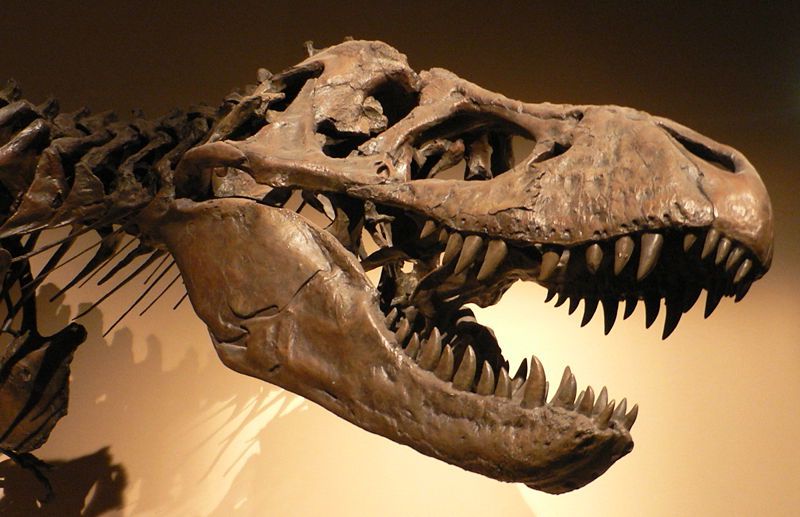The breakthrough has great significance in tracing back human history, as it means now scientists can identify which type of prehistoric human species would have once lived in the caves, even though there are no skeletal remains left to analyse.
The research involved collecting different samples from 7 different archaeological sites, and analysing them to identify fragments of human mitochondrial DNA. Amazingly, even samples which had been sitting at room temperature for many years still yielded results.
At four of the chosen sites, scientists found DNA samples belonging to neanderthal humans, and in a cave in Russia, fragments of Denisovan DNA were identified.
“This work represents an enormous scientific breakthrough,” said Antonio Rosas from Spain’s Natural Science Museum in Madrid.
“We can now tell which species of hominid occupied a cave and on which particular stratigraphic level, even when no bone or skeletal remains are present.”
The seven dig sites were located in many countries, consisting of Russia, Belgium, Croatia, France and Spain.
Sediment samples that were collected covered a time span ranging from 14,000 years ago to 550,000 years ago.
Several animal remains were also identified, such as extinct species like the woolly mammoth, woolly rhinoceros, cave bear and cave hyena.





